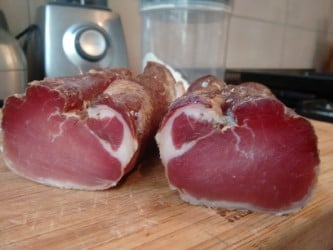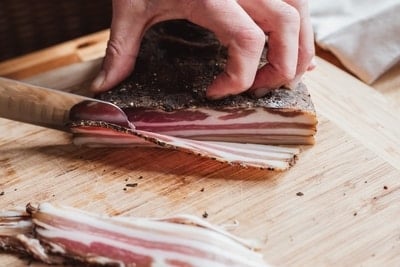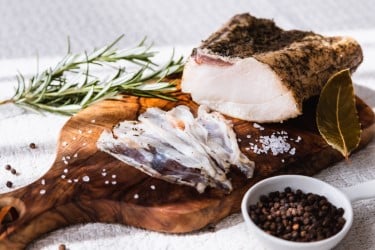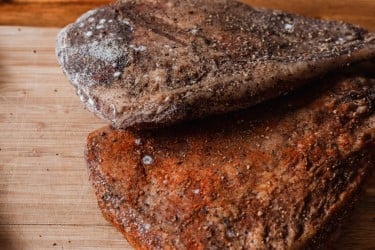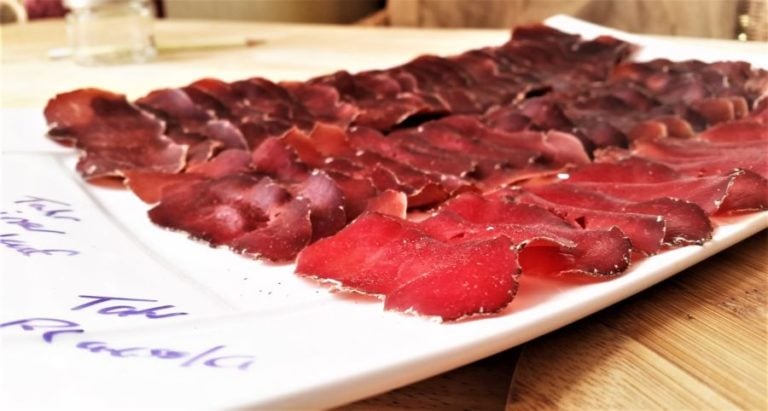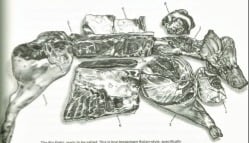Curing and Drying
Below you’ll find how to’s on the process of dry curing (it’s curing then drying in a meta sense). Explanation articles about the category of cured meats that’s often misunderstood are also important reads below. If it was a recipes it could just be salt plus meat – however, for dry cured meats factors of meat quality, spice blends, curing process, drying environments, aspects of cold smoking and troubleshooting are covered below.
(as I’ve eluded to, we can not compare this craft to making cupcakes)
Base Knowledge and Curing Articles
The first three articles below are guides on the main ways to approach meat curing, and a solid starting point.
Base Knowledge
How To’s
- Equilibrium Curing is the modern technique, where the salt cure is calculated based on the weight of the meat.
- Regular Fridge Cure is about using smaller cuts for equilibrium curing to complete projects short-term (under 1 month) in your regular kitchen fridge
- A guide on Salt Box / Saturation curing is about the ‘time’ the meat is surrounded by the salt cure, which can lead to some variations in outcomes from experience.
Drying – DIY, Areas, and Chambers
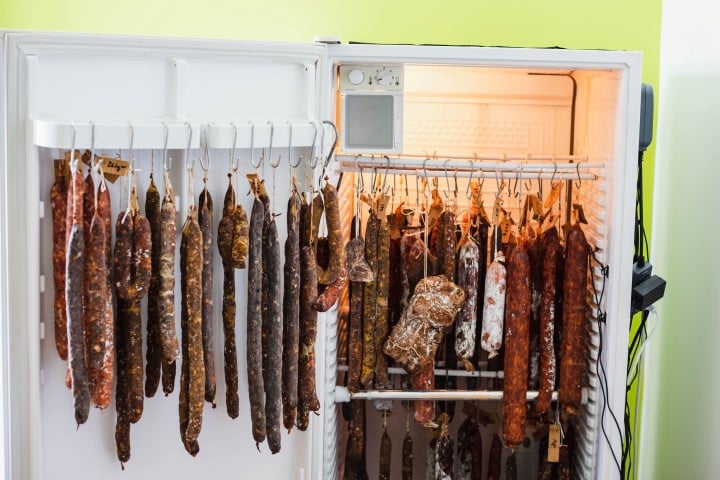
Meat Curing Equipment

Dry Curing Craft Recipes
Charcuterie 101 and General Knowledge
Common Questions
Here are some questions often asked about exploring this new culinary craft and hobby

